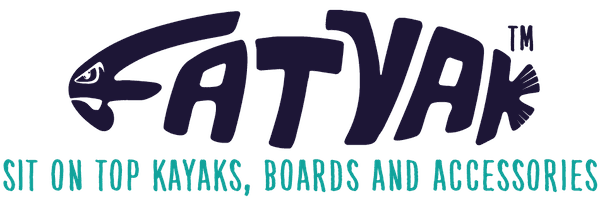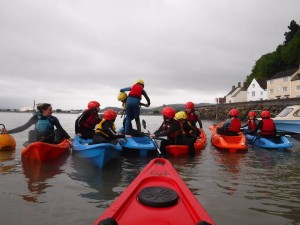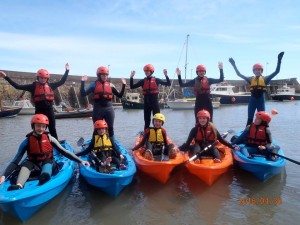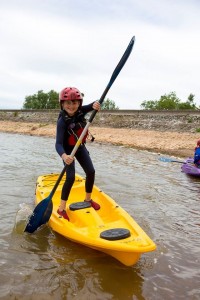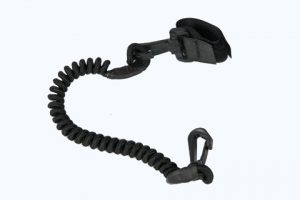Being an island, and one with a lot of history at that, we’re blessed with our share of natural phenomena and some unexplained mysteries. As its Halloween, we are covering a couple of spooky kayaking trips for you. One in the north, and one way down south!
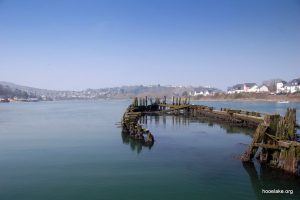
Hooe Lake – Plymouth
In recent years, Plymouth University students have recorded evidence of over 100 shipwrecks, partial or not, in the estuaries around Plymouth and South Devon. Hooe Lake is an important one, as it has one of the highest concentrations of wrecked boats – between 13 and 20! But there is a lot of reason as to why the situation at Hooe Lake could be considered creepy. Firstly, why such a high concentration compared to other places? And additionally – there is little information about a lot of the boats or their history, and so they remain the subject of much fascination. Perfect for some Fatyak investigation and exploration!
Find out more at hooelake.org
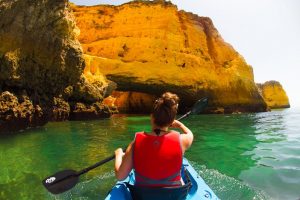
Witches Cauldron – North Pembrokeshire
In North Pembrokeshire there is a labyrinth of tunnels carved by the sea that can be paddled through. Naturally, the accessibility of these caves is decided by the state of the tide! The way the light from above interacts with both the caves and the water creates a very spooky atmosphere. The water even turns an emerald green as you pass underneath low ceilings. And when the tide is right, a room completely cut off by light becomes accessible, with room only for 2-3 kayaks. Eerie indeed – and not for the claustrophobic!
Been to any of these spooky spots? Or planning to go to any ? Let us know!
